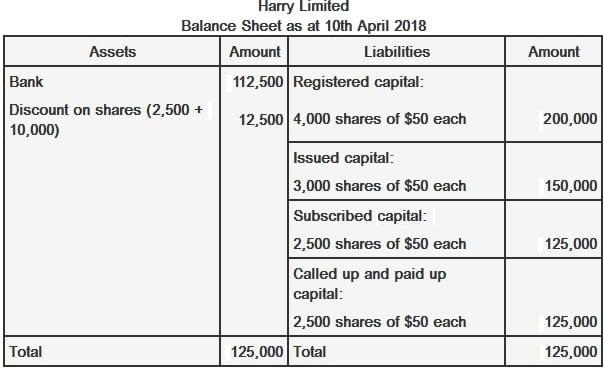
The effective interest rate must be higher than the stated interest rate as the company spends an additional amount (issuance cost) to obtain the debt. A company’s determination of the appropriate accounting for a debt transaction is often time-consuming and complex. To properly apply the numerous rules and exceptions that exist in US generally accepted accounting principles (GAAP), a company needs to closely analyze transaction terms and conditions and the related facts and circumstances. Terms that are significant to the accounting analysis may be buried deep within a contract’s fine print or in separate legal agreements. Even minor variations in the way contractual terms are defined could have a material effect on the accounting for a debt arrangement. Most companies use debt as an integral part of their capital structure to finance business operations and investments.
Please Sign in to set this content as a favorite.
In the case of debt issuance, previously, we would recognise the fees the issuance was incurring as an asset on the balance sheet. The reporting entity would then amortise this asset over the life of the debt issuance. This amortisation would then bring these costs into the statement of financial performance over time.
Financing Fees Calculation Example
Early retirement—once the dream of many—has increasingly become a hotly debated topic. On one side of the argument, it’s hailed as the ultimate financial freedom, a golden ticket to a life… If you have read this far, thank you, please drop us a comment below (be kind, I’ve been out of accounting for over a decade, and so it’s quite the climb getting back to this). Or get in touch through our ask a question series or use the Contact us link.
- In the United States, Deloitte refers to one or more of the US member firms of DTTL, their related entities that operate using the “Deloitte” name in the United States and their respective affiliates.
- Accounting for debt issuance costs involves the proper recognition, measurement, and presentation of the costs incurred by a company when issuing debt securities, such as bonds, notes, or loans.
- Courtney Eaton is a Vice President in the Assurance Services Group.
- As such, they represent a higher risk for investors than equity investments.
- One way to minimize debt issuance costs is to work with a reputable and experienced financial advisor.
The complexities of accounting for debt
Such costs of obtaining financing – such as bank fees, accounting fees to prepare prospective presentations, and legal fees to draft the necessary documents – should not be expensed. Accounting for debt issuance costs involves the proper recognition, measurement, and presentation of the costs incurred by a company when issuing debt securities, such as bonds, notes, or loans. Debt issuance costs may include legal fees, underwriting debt issuance costs journal entry fees, registration fees, and other expenses directly attributable to the debt issuance process. “Debt issuance costs” are costs incurred that would not have been incurred had not an entity procured a new debt instrument – in other words, incremental costs directly related to the new financing. There are also certain disclosures relating to capitalized loan fees which are required to be made in a Company’s footnotes.
In the meantime, we can see that a $3,000,000 loan with an interest rate of 7.5%, maturity in five years, has the following repayment table. However, conceptual accounting frameworks’ development questioned how we could recognise these costs as assets with no future economic benefits. You can set the default content filter to expand search across territories. The total interest expense is $ 3.1 million (check Interest Expenses Column) which is equal to the total interest paid of $ 2.5 million plus the issuance cost of $ 0.6 million.
The portion of the proceeds so allocated to the warrants shall be accounted for as paid-in capital. The remainder of the proceeds shall be allocated to the debt instrument portion of the transaction. This usually results in a discount (or, occasionally, a reduced premium), which shall be accounted for under Topic 835 [Interest]. This accounting change must also be presented retroactively for prior periods in comparative financial statements. The company still required to amortize the issuance cost over the term of the bond. A good advisor can help to negotiate better terms with underwriters and lenders, which can save the company money in the long run.

The debt issuance costs related to a note should be reported in the balance sheet as a direct deduction from the face amount of the note. We know there are $65,000 in issuance costs, assuming these are paid when issuing the debt. The newly created “Debt Issuance Costs” is a contra-liability account and will have a natural debit balance, disclosed in the liability section of the statement of financial position. Before we look at the debt issuance costs, we need to define what we are reviewing and a little history in where current recognition, measurement and disclosure is with generally accepted accounting principles.
Conversely, two separate agreements might represent one combined unit of account. The loan fees are amortized through Interest expense in a Company’s income statement over the period of the related debt agreement. PwC refers to the US member firm or one of its subsidiaries or affiliates, and may sometimes refer to the PwC network. This content is for general information purposes only, and should not be used as a substitute for consultation with professional advisors. At the end of the first year, ABC will amortize the debt issue cost base over the period of 5 years.